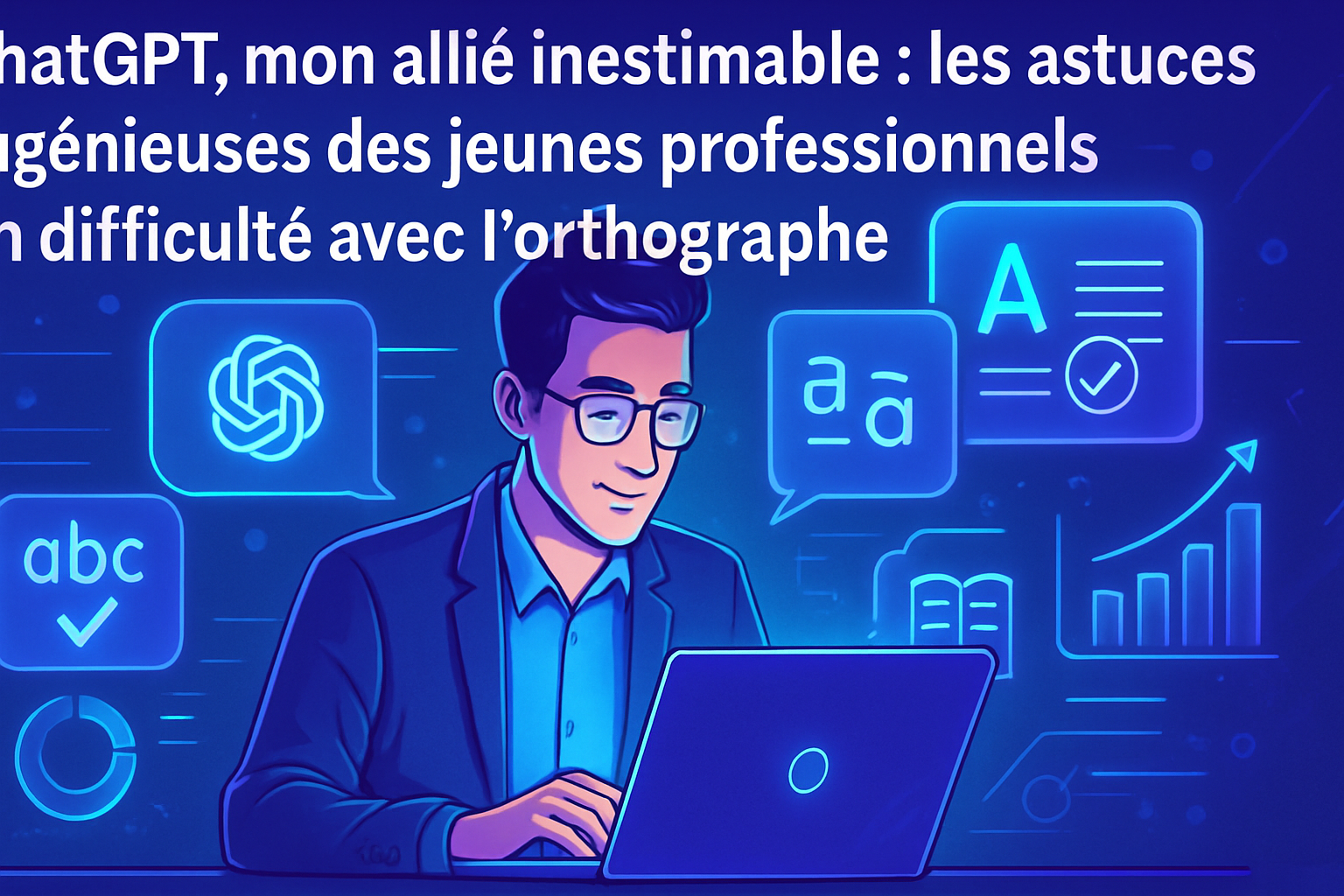Innovation emerges when artificial intelligence merges with human expertise on platform X. This pilot program is reinventing fact-checking by integrating notes generated by powerful language models. This tandem of automation and human discernment offers a pragmatic response to the proliferation of misinformation.
The synergy between AI and human contributions is revolutionary. Users now benefit from an enriched context thanks to relevant and accurate notes. The search for accuracy intensifies without sacrificing the nuance that is so essential for understanding current issues.
This model promises to redefine our interactions with information. By energizing the verification process, it aims to ensure more reliable content by harnessing the power of technology while preserving the indispensable critical sense.
A partnership between AI and the community
The “Community Notes” program of X, formerly known as Twitter, was founded in 2021 to combat misinformation by allowing users to add contextual notes on misleading posts. This project, driven by a desire for transparency and accuracy, has taken a significant turn. A recently launched pilot program now combines notes generated by artificial intelligence with human contributions.
Evolution of the verification model
Traditionally, this system relied exclusively on notes developed by humans, evaluated by community members. The evaluation phase will remain human, ensuring the quality of the notes displayed on posts. The latest model proposed by X researchers introduces a collaboration between machine learning models (LLMs) and human content creators. These LLMs assist humans in creating notes and provide clarifications where speed and scale are essential.
The advantages of the hybrid model
One of the main advantages of integrating LLMs lies in their ability to process a massive amount of content swiftly. According to researchers, this would enable the system to operate at a scale and speed unattainable by human writers, thus facilitating the addition of context for an unprecedented volume of posts. The initiative aims to offer a better understanding of the information circulating on X.
Continuous improvement through feedback
Researchers have introduced a process of reinforcement via community feedback (RLCF) to refine the generation of notes by artificial intelligence. By taking into account feedback from human evaluators, this process should lead to more accurate and impartial notes. The goal is to diversify and enhance the quality of the produced notes.
Risks associated with AI integration
Despite its advantages, this hybrid model raises concerns. The possibility of obtaining AI-generated notes that compromise nuance and accuracy is a source of worry. The risk of homogenization of notes, as well as the fear that human writers may reduce their engagement in the face of the abundance of AI content, represents a challenge to overcome.
Future perspectives
In the future, X’s model could experience significant developments. AI co-pilots could assist human writers in their research and enable them to produce more notes. Similarly, AI support to help evaluators audit notes effectively could emerge. The personalization of LLMs and the adaptation of pre-validated notes to new contexts are also being considered.
Towards human-AI collaboration
This rapprochement between humans and artificial intelligence seems promising. Humans would bring their capacity for nuance and diversity, while LLMs would provide the necessary speed in the face of the plethora of information available online. The desire to maintain a balance between automation and human input is a crucial point to ensure the integrity of the verification process.
Humano-AI collaboration methods will continue to evolve, aiming to build an ecosystem where users think critically and better understand the world around them.
Frequently Asked Questions
What is the purpose of the pilot program combining AI and human contributions on platform X?
The pilot program aims to improve fact-checking by allowing artificial intelligence to generate community notes while leaving the final decision on their relevance to humans.
How are AI-generated notes evaluated?
AI-generated notes are evaluated exclusively by human raters who determine their utility before they are displayed on the platform.
What are the implications of using machine learning models to generate notes?
The use of machine learning models allows for a faster note creation process and an increase in the quantity of verified information while ensuring that humans remain in charge of evaluation.
What types of feedback can the community provide regarding AI notes?
The community can provide feedback on the usefulness and accuracy of the notes, allowing the machine learning model to improve its future note generations through a process called community feedback reinforcement.
Are there risks associated with integrating AI into the community notes system?
Yes, there are risks related to the possibility that AI-generated notes may be inaccurate or too uniform, which could reduce engagement from human contributors.
What is the difference between notes created by AI and those written by humans?
Notes created by AI are automatically generated in response to content, whereas those written by humans are inspired by in-depth analyses and personal experiences.
How might the results of the pilot program influence other platforms?
If the pilot program proves effective, it could inspire other platforms to adopt similar models to promote better fact-checking and reduce misinformation.
What factors are considered for integrating AI into the note creation process?
Factors include relevance, accuracy, context of information, and the potential impact of the notes on the user community.






